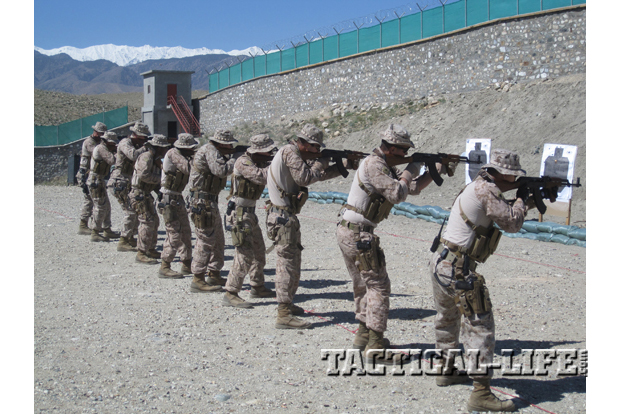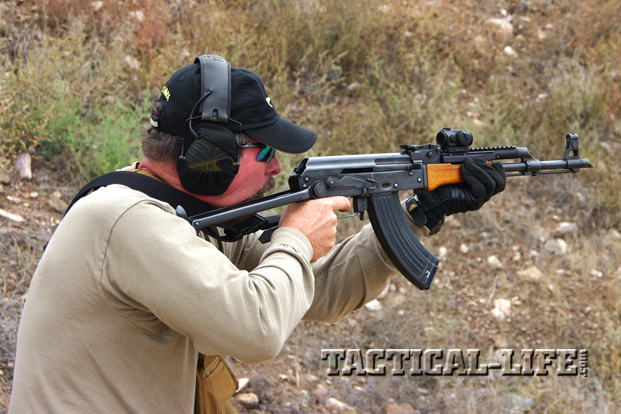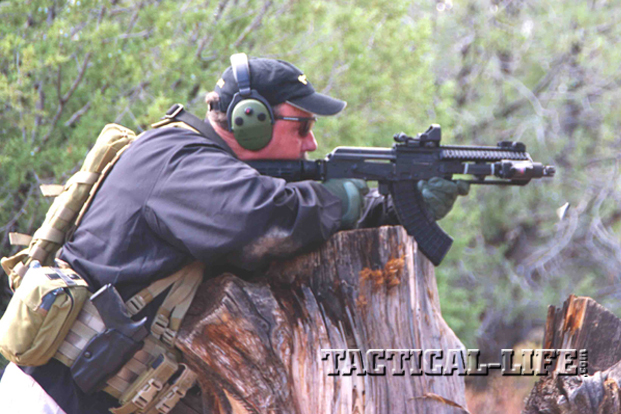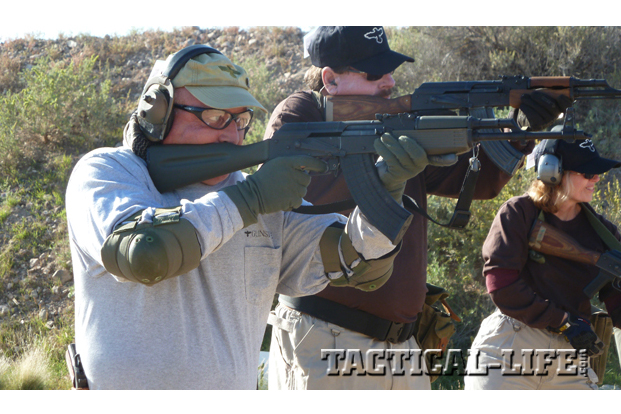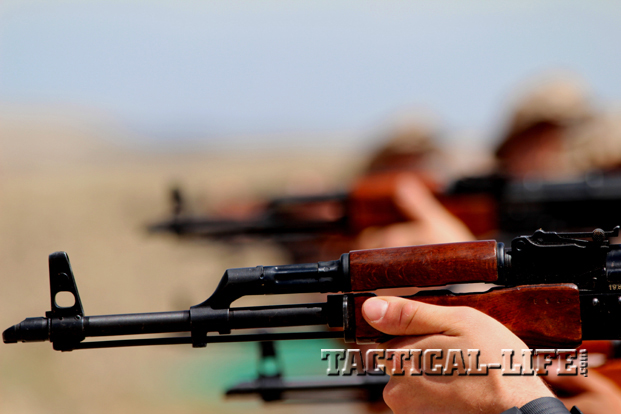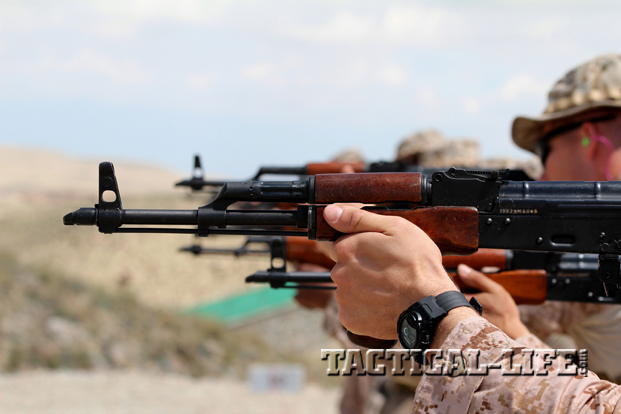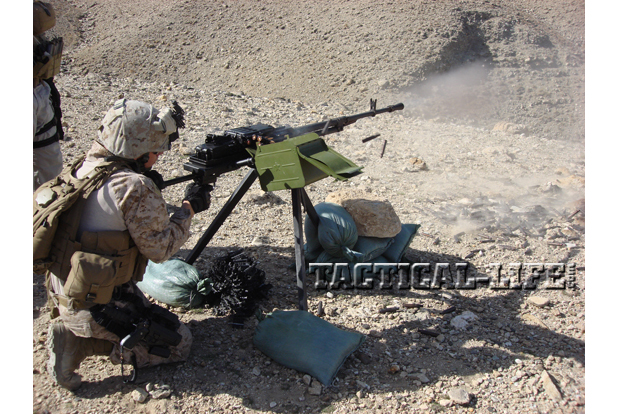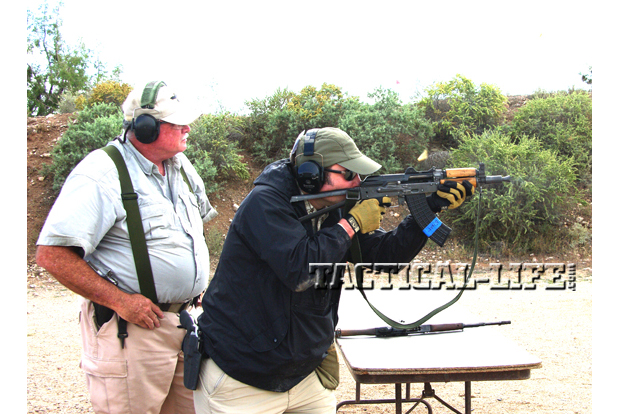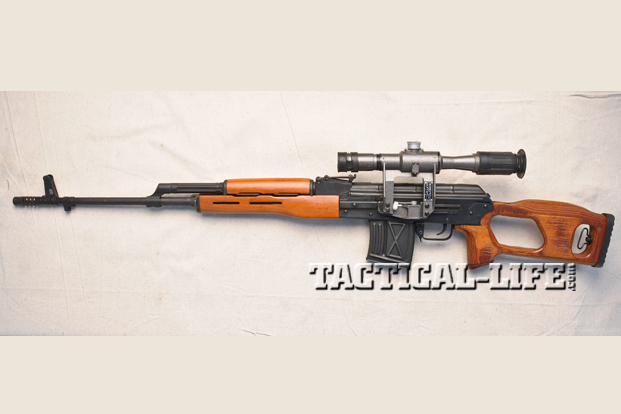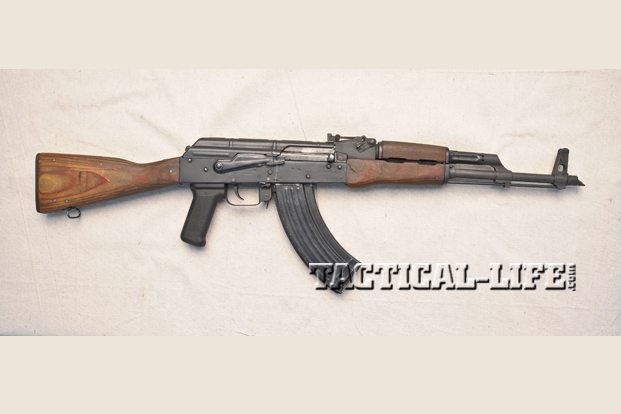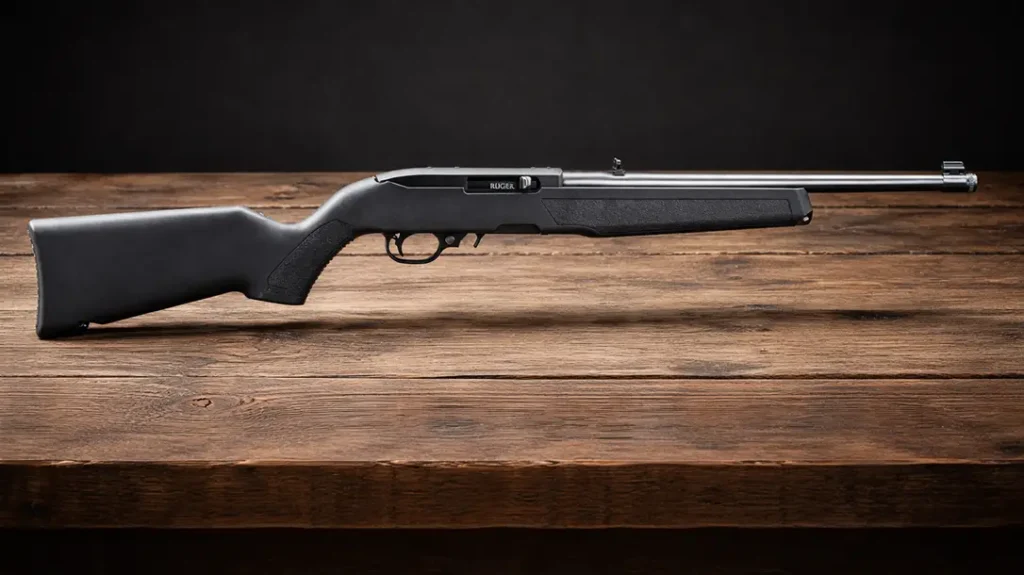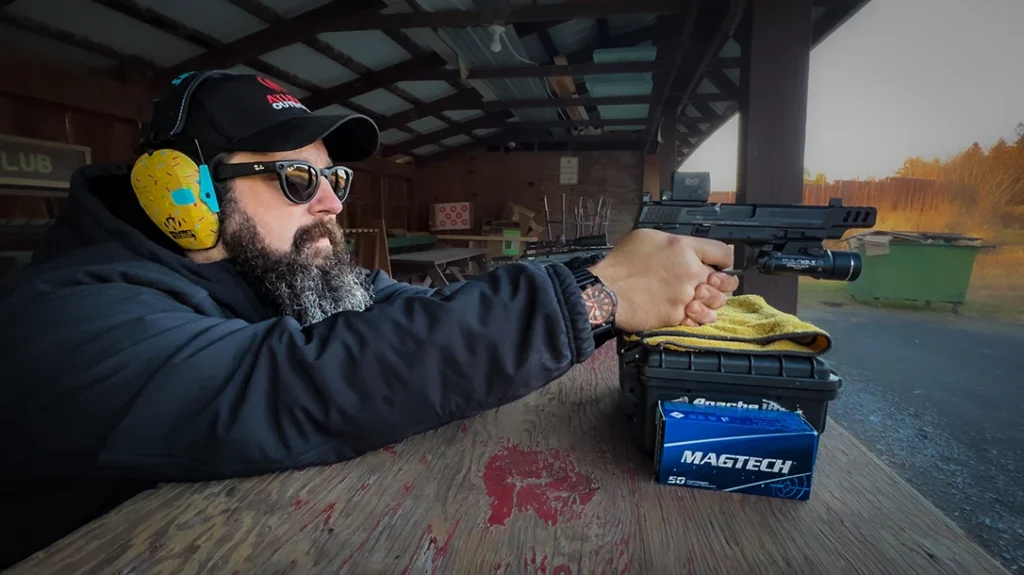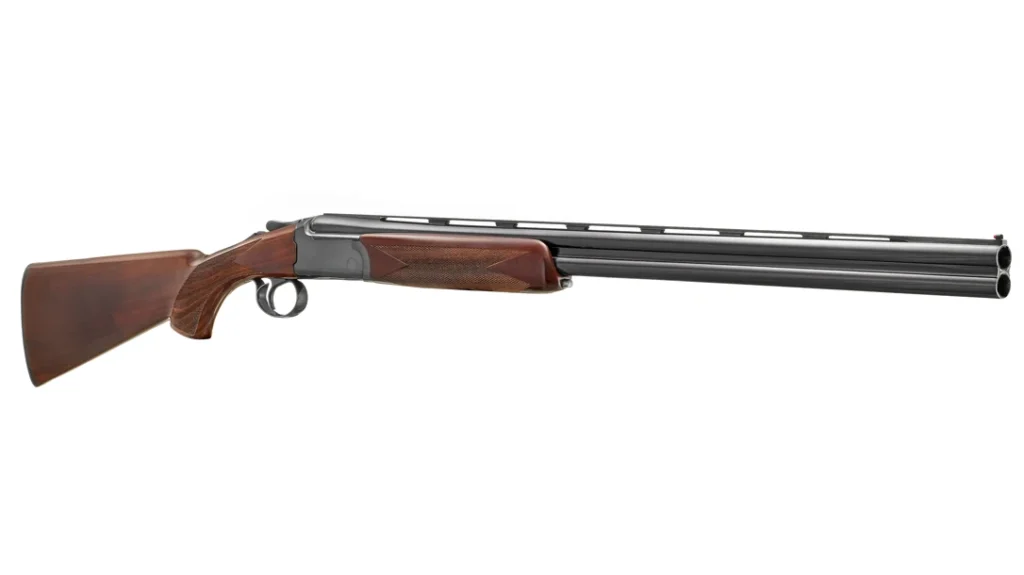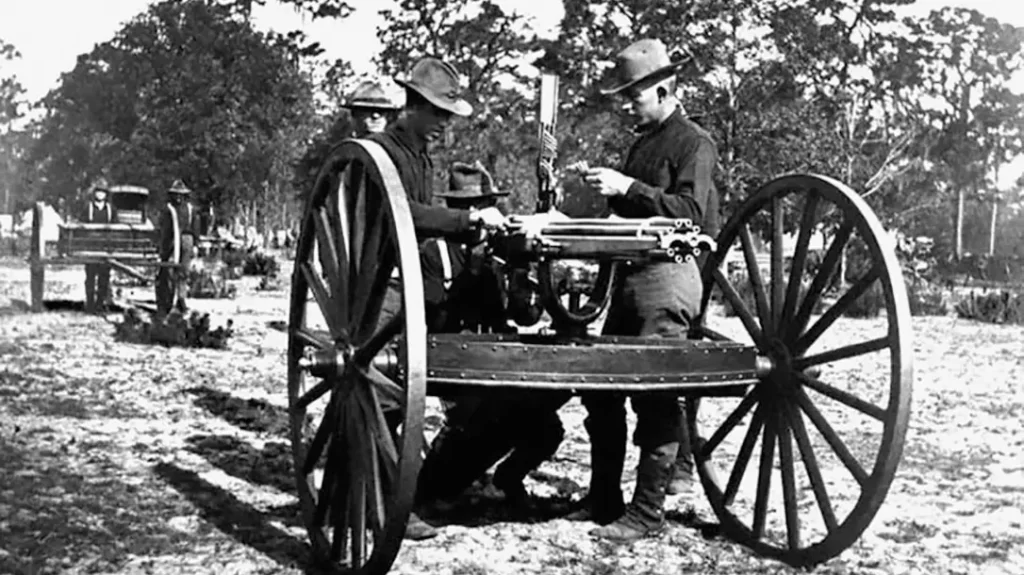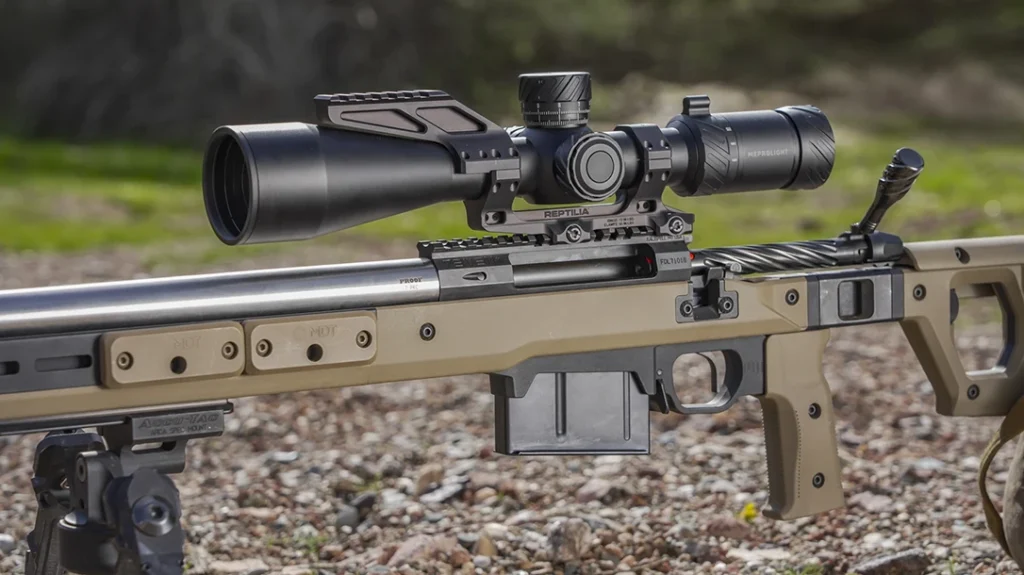The Soviets designed, manufactured and fielded a lot of small arms over the years and at the same time exported untold numbers to other countries around the world. Many countries produced their own versions of Soviet designs, which were either copied or supplied. The most notable of these weapons is the AK-47, which has probably seen more combat than any other single small arm.
If you are a member of the U.S. armed forces and are deployed to a hotspot anywhere in the world, it’s likely that the gun that’s pointed at you will be of Soviet design. Knowledge of these foreign weapons is also useful if you find yourself in the role of instructor, tasked with training a friendly force to use guns that are locally available, which are often the same guns (that is, Soviet-type weapons) used by the opposing force. And for those in foreign lands where war is raging, sometimes U.S.-made weapons are simply not at hand; these operators must fight with the foreign-made guns that are available and, again, most likely of Soviet design. The U.S.S.R. has been gone for many years, but small arms last a long time. Wouldn’t it be nice to know a bit about their weaknesses and capabilities?
Demand & Supply
Back in 2005, the United States Marines found themselves in need of more knowledge about foreign weapons. They began a search for training programs that covered the use and maintenance of such weapons but found nothing that was suitable. Consequently, the Marines turned to the civilian sector, contracting perhaps the most well-known and respected fighting school in the country: Gunsite. At the time, Gunsite did not have a suitable course available. However, instructor and rangemaster Cory Trapp was able to create one.
The official purpose of the class is to provide training to both military and civilian personnel who have “a need to understand or teach the application of weapons most often employed by forces outside the United States.” Of course, most of the weapons are of Soviet design but Glocks (also ubiquitous) are covered as well. Since the course was introduced, it has been conducted about 30 times. Students have included the Marines, government agencies and private citizens. Since 2005, the Marines have created their own foreign weapons course, but the Gunsite course is still available to serve others.
Advertisement — Continue Reading Below
Foreign Weapons Course
The Foreign Weapons course usually lasts five days, but special courses that are customized to the students’ needs can also be arranged. In most of Gunsite’s courses, it is the student who supplies his or her own gun and ammunition, but it is difficult for the average person to obtain and transport a belt-fed Soviet machine gun or grenade launcher, especially across state lines. So for the Foreign Weapons course, Gunsite supplies not only all the weapons but also all the ammunition. The difficulty in transporting Class 3 weapons is also a prohibiting factor for Gunsite—the class could be conducted at different venues otherwise. (On one occasion, Gunsite did teach the class offsite, in Afghanistan, to a military unit that had all the equipment and ammunition on hand.)
The course covers the AK-47, the AKS-74U variant (often referred to as the Krinkov), the Makarov pistol, the Glock 17 pistol, the PKM machine gun, the RPK light machine gun, the SVD sniper rifle and the RPG-7 grenade launcher. If a student needs to learn about another foreign weapon, Gunsite can often accommodate the request. For example, Gunsite has provided instruction on operating the Sterling submachine gun. And even if it is not possible to obtain a working gun, such as the Degtyarev-Shpagin 12.7mm heavy machine gun, commonly referred to as the DShK (pronounced “dishka”), Gunsite has the knowledge and course materials necessary to familiarize students with it.
Two Days Of Handgun
A typical five-day course consists of two days of learning about the Glock 17 and the Makarov pistols. During this time, students are introduced to the Gunsite pistol doctrine and
learn techniques from Gunsite’s 250 Pistol Course that are applied to the Glock and Makarov. Every Gunsite class begins with a lecture on range and gun-handling safety and is followed by an introduction to the Combat Triad as developed by Jeff Cooper. The Triad is marksmanship, gun-handling and mindset, which are essential to prevailing in a gunfight. These elements are fundamental to the Modern Technique of the Pistol, which was also developed by Cooper. Students are instructed in the basics of marksmanship, which include the Weaver stance, a proper presentation, obtaining a flash sight picture, achieving a compressed surprise trigger break, and using a heavy-duty pistol. The goal is to use accuracy, power and speed to neutralize a deadly threat. Using the Glock and Makarov, students are taught manipulation, handling and various shooting positions like standing, kneeling and prone. There are many repetitions so that students gain a degree of competence in using these guns. Additionally, maintenance, function and field-stripping of the guns are taught.
Advertisement — Continue Reading Below
Two Days Of AK
Two days of instruction are devoted to the AK-47, during which students learn how to shoot and maintain it effectively. Military students usually already have a pretty good basic knowledge of the AK-47 and are used to handling a carbine like the M4 or a rifle like the M16. However, handling those American weapons is quite different than handling the AK. Changing AK magazines requires a completely different technique, which involves activating (typically with the thumb) a paddle magazine release. For speed reloads, a fresh magazine can be used to strike the release and then continue forward, sweeping the empty magazine out of the gun, after which a fresh magazine is inserted into the mag well and rocked back until it is locked in place. The AK’s safety is also quite different. It cannot be manipulated by the shooter’s firing-hand thumb while the operator maintains a grasp of the pistol grip. Instead, Gunsite teaches a technique that requires the strong hand to be removed from the grip to manipulate the safety.
Gunsite also covers the basic techniques for using the AK-47 in a fight, such as shooting from various positions (sitting, kneeling and prone). As with
the pistols, students practice numerous repetitions until they are comfortable using the guns. By the time this course section is complete, students have learned the basics taught in Gunsite’s 223 Carbine Course.
Day Of PKM & RPK
One day is set aside for familiarization and firing of the very effective and rugged PKM general-purpose machine gun and the RPK light machine gun. While the RPK fires the 7.62x39mm round and does so from a drum or box magazine, the PKM fires the 7.62x54R round from a belt. (The 7.62x54R is roughly the ballistic equivalent of the 7.62x51mm NATO round fired in the M240 machine gun.) Each student is issued 100 rounds of ammunition for the PKM and then assigned to a two-man team. To gain solid experience with the gun, the team fires a short string of 20 rounds, stops, changes the barrel and resumes firing, with one student acting as the gunner and one as the assistant. When 100 rounds have been expended, the students change roles and go through the same drill with the second 100 rounds, so that each student becomes familiar with firing and changing barrels as a gunner and an assistant.
The course also covers the use of Soviet-pattern sniper rifles and the RPG-7 recoilless rocket-assisted grenade launcher that can be used against armor and fortified positions. Unfortunately, due to the difficulty of obtaining ammunition, which is considered explosive—even the rocket boosters, which contain a large amount of black powder, are explosive devices—students are unable to actually fire the weapon. However, students practice loading and unloading the RPG-7 to gain familiarity with the weapon, so they can fire it if they encounter it on the battlefield. Gunsite’s Foreign Weapons course is not regularly scheduled, so for class times, registration and pricing, visit gunsite.com or call the Gunsite Training Administrator at 928-636-4565. ★
Advertisement — Continue Reading Below
